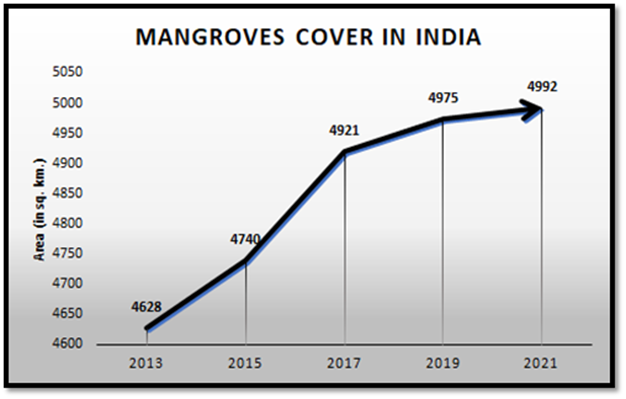- Courses
- GS Full Course 1 Year
- GS Full Course 2 Year
- GS Full Course 3 Year
- GS Full Course Till Selection
- Online Program
- GS Recorded Course
- NCERT (Recorded 500+ Hours)
- Polity Recorded Course
- Geography Recorded Course
- Economy Recorded Course
- AMAC Recorded Course
- Modern India, Post Independence & World History
- Environment Recoded Course
- Governance Recoded Course
- Science & Tech. Recoded Course
- International Relations and Internal Security Recorded Course
- Disaster Management Module Course
- Ethics Recoded Course
- Essay Recoded Course
- Current Affairs Recoded Course
- CSAT
- 5 LAYERED ARJUNA Mentorship
- Public Administration Optional
- ABOUT US
- OUR TOPPERS
- TEST SERIES
- FREE STUDY MATERIAL
- VIDEOS
- CONTACT US
EnviStats India 2024: Environment Statistics
EnviStats India 2024: Environment Statistics
06-10-2024

On September 30, 2024, the Ministry of Statistics and Programme Implementation (MoSPI) released the 7th edition of “EnviStats India 2024: Environment Accounts.”
- This publication follows the System of Environmental-Economic Accounting (SEEA) framework, which is an internationally recognized standard for compiling environmental economic accounts.
Key Features of the Publication
- Ocean Accounts: The current report introduces a new section on Ocean Accounts, providing a framework for compiling data on ocean health and condition.
- Collaboration: The report benefited from the expertise of an Expert Group on Ocean Ecosystem Accounts, which includes members from various ministries and organizations.
- Energy Accounts: It includes Physical Asset Accounts and Physical Supply and Use Tables for Energy, utilizing data from several ministries.
- Soil Nutrient Index: Updated values for the Soil Nutrient Index are based on data collected for Soil Health Cards for 2023-24.
- Biodiversity Information: The report covers taxonomic diversity, the status of leopards and snow leopards, and genetic conservation efforts.
Highlights from EnviStats India 2024
- Protected Areas: A 72% increase in the number of protected areas and a 16% increase in their total area from 2000 to 2023.
- Mangrove Coverage: An 8% increase in mangrove coverage from 2013 to 2021. Mangroves are vital components of the ocean ecosystem.
- Biodiversity Data: The report includes data on the diversity of flora and fauna in India and the status of threatened species based on the IUCN Red List.
About the System of Environmental-Economic Accounting (SEEA):
- SEEA is an international statistical standard that describes the relationship between the economy and the environment, focusing on the stocks and changes in environmental assets.
- Components: SEEA has 2 main parts:
- SEEA-Central Framework (SEEA-CF): Concentrates on individual environmental components that support economic activities.
- SEEA-Ecosystem Accounting (SEEA-EA): Complements SEEA-CF by organizing data on habitats, measuring ecosystem services, and linking this information to economic activities.
About Mangroves:
Mangroves are dense, salt-tolerant forests found along tropical and subtropical coastlines. They cover approximately 4,740 square kilometers and provide significant ecological and economic benefits to coastal areas.
Must Check: Best IAS Coaching In Delhi
UPSC Prelims Result 2024 Out: Expected Cut Off & Other Details, UPSC Prelims 2024 Answer with Explanation, Daily Prelims Quiz, Daily Current Affairs, MONTHLY CURRENT AFFAIRS TOTAL (CAT) MAGAZINE, Best IAS Coaching Institute in Karol Bagh, Best IAS Coaching Institute in Delhi, Daily Mains Question Answer Practice, ENSURE IAS UPSC Toppers, UPSC Toppers Marksheet, Previous Year Interview Questions, UPSC Syllabus




